A single ticket provides access to five of Hoi An’s 22 listed old temples, houses and museums. Depending on how much you want to see, you may have to purchase more than one. Most travellers are satisfied with a single ticket which costs 120,000VND.
Below we list some of our preferred temples and pagodas.
Chua Ong aka Quan Cong Temple
This temple was founded in 1653 and dedicated to esteemed Chinese general Quan Cong. It's right by Hoi An's old market.
Address: 7 Nguyen Hue St, Hoi An
Phuc Kien Assembly Hall
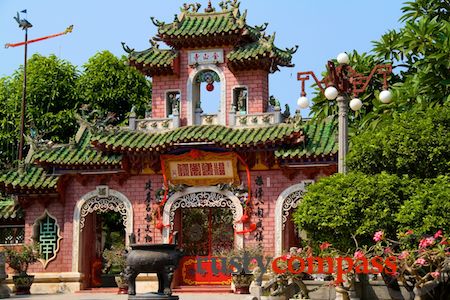
Photo: Mark BowyerFujianese Assembly Hall, Hoi An
Originally a place of assembly for Hoi An’s Fujian community the hall later became a temple dedicated to Thien Hau - Godess of the sea. Thien Hau was naturally revered by China’s seafaring merchant class.
Address: 46 Tran Phu St, Hoi An
Cantonese Assembly Hall
From the late 18th century, Hoi An's Cantonese community gathered and worshipped here.
Address: 176 Tran Phu St, Hoi An
Tran Family Chapel
Built in 1802 at the commencement of the Nguyen Dynasty further north in Hue, the family patriarch was an acquaintance of the first Emperor Gia Long and served as an ambassador in China.
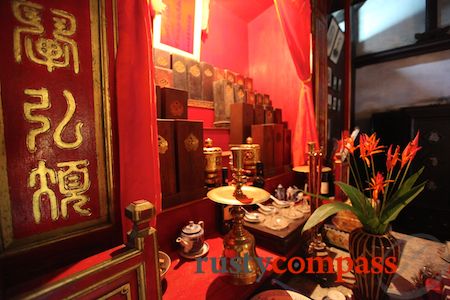
Photo: Mark BowyerTran Family Chapel, Hoi An
The chapel retains many original elements. If you’re lucky, Mr Le, a direct descendent of the family patriarch, will take you through the chapel and explain its beautiful features.
The Tran Family Chapel is slightly away from the main cluster of historic buildings so it tends to be less busy than some of the other places. It's a favourite.
Address: 21 Le Loi St, Hoi An
Japanese Bridge
Hoi An’s iconic Japanese Bridge also has a small Taoist pagoda that you’ll certainly encounter when visiting the bridge. The bridge has its own reference in See and Do Hoi An.
Address: Western end of Tran Phu St, Hoi An

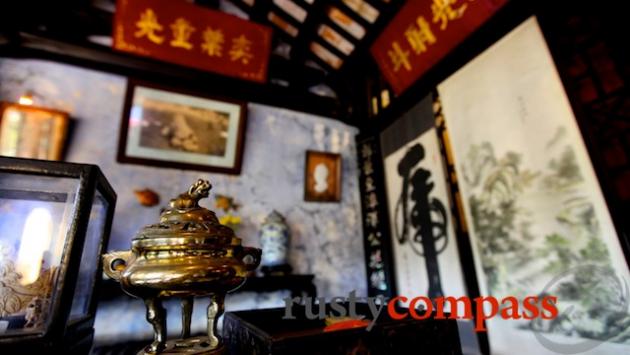
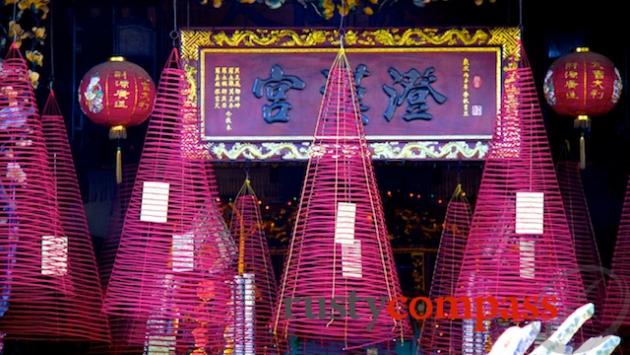
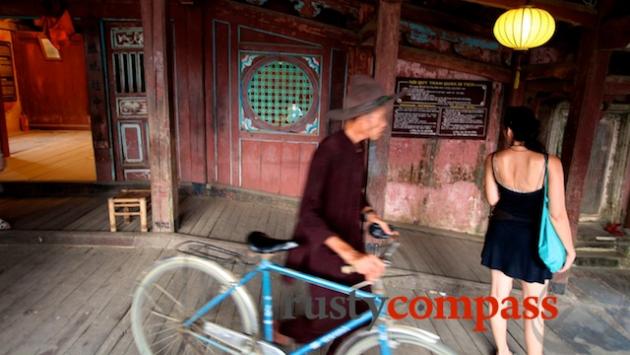
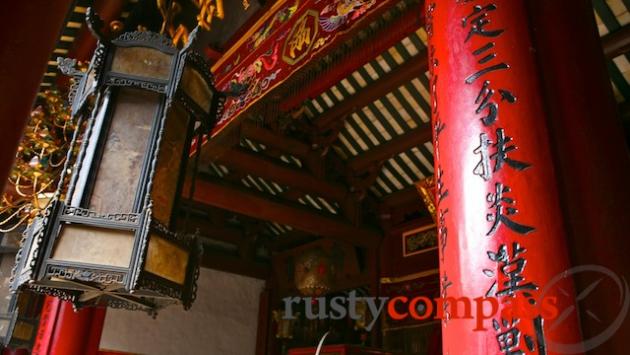
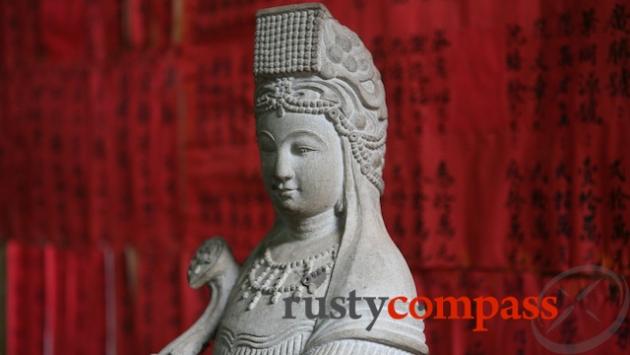







There are no comments yet.